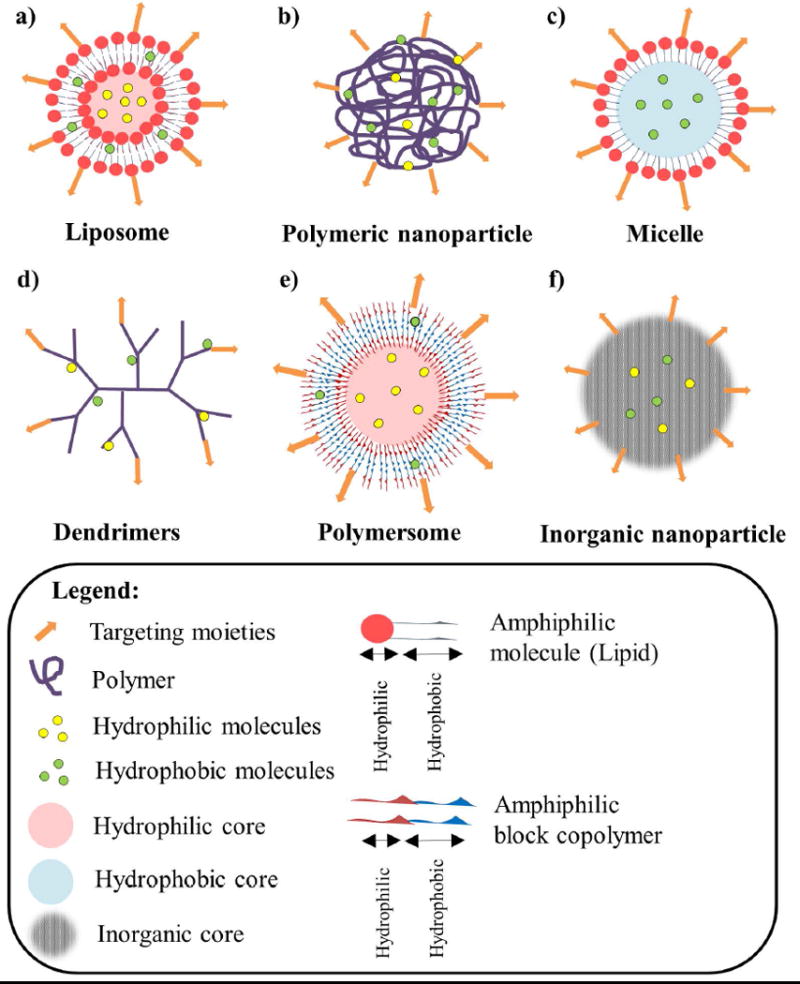Figure 1. A summary of nanoparticles for drug delivery in cancer.

a) Liposomes are vesicles made of a hydrophobic bilayer of amphiphilic lipids (composed of a hydrophilic head group and a hydrophobic tail) enclosing a hydrophilic core, which can carry hydrophilic drugs within the aqueous core area while hydrophobic drugs within the hydrophobic region of the bilayer; b) Polymeric NPs are made of polymers and can encapsulate hydrophilic and hydrophobic molecules. c) Micelles are made of a hydrophobic monolayer of amphiphilic lipids enclosing a hydrophobic core, which can carry hydrophobic anticancer agents. d) Dendrimers are repetitively branched molecules consisting of radially symmetric molecules of tree-like arms or branches, which can encapsulate hydrophilic and hydrophobic molecules. e) Polymersomes are artificial vesicles made of a bilayer of synthetic amphiphilic block copolymers enclosing a hydrophilic core, which can carry hydrophilic drugs within the aqueous core and hydrophobic drugs within the hydrophobic region of the bilayer. f) Inorganic NPs are particles formed by the crystallization of inorganic salts, forming a three-dimensional arrangement with linked atoms, which can encapsulate hydrophilic and hydrophobic molecules. All the previous nanoparticles can be modified to contain specific targeting moieties for active targeting strategies.
